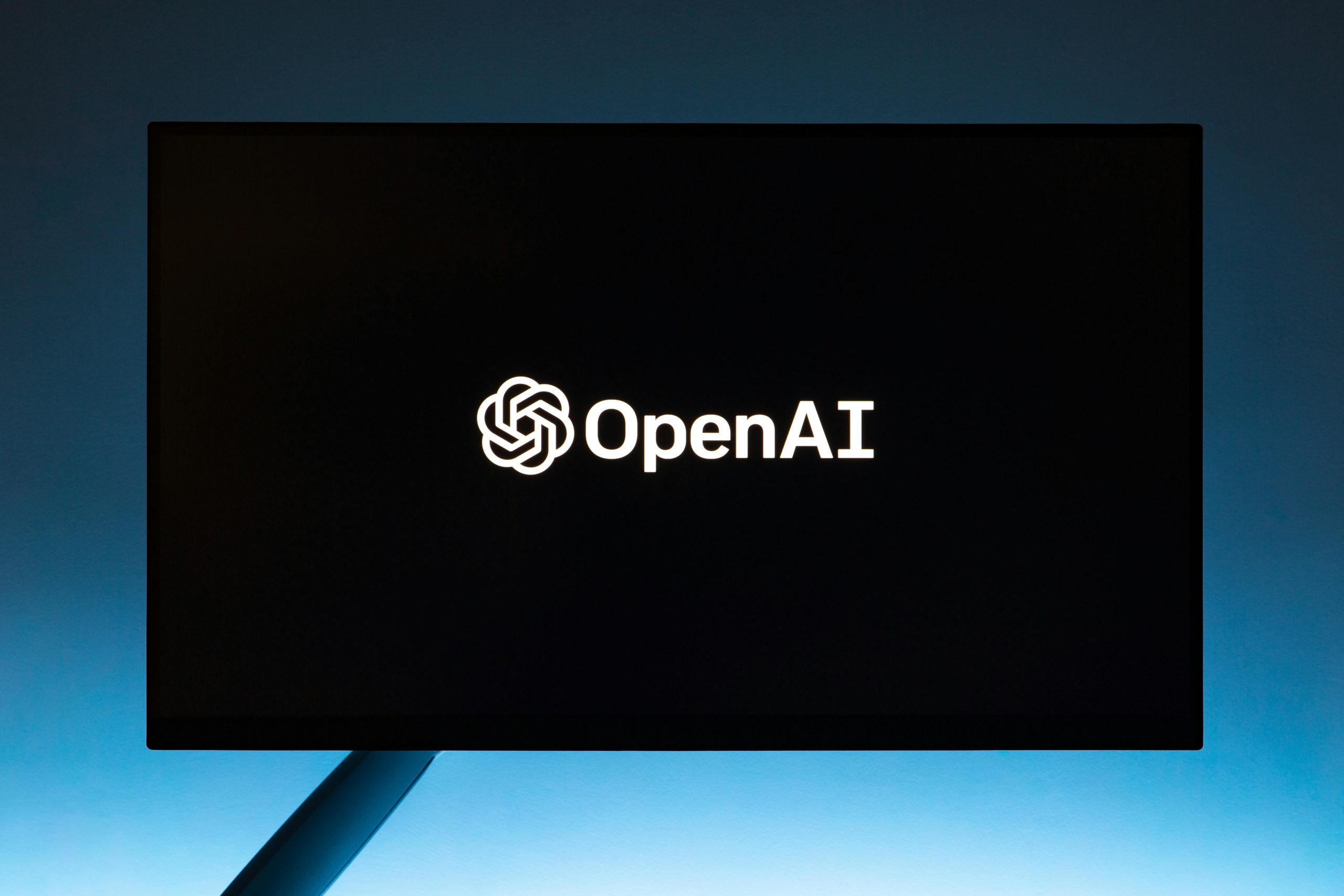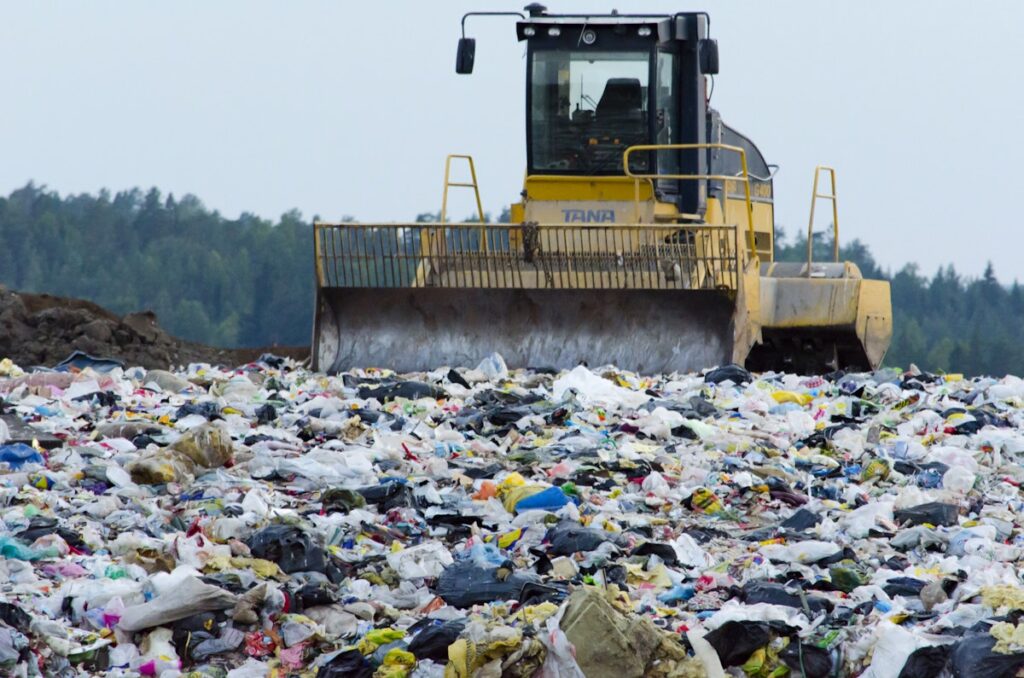As 2025 unfolds, environmental challenges are no longer distant warnings—they’re urgent realities shaping our lives, economies, and health. From climate-driven disasters to the hidden costs of overconsumption, today’s problems are interconnected, demanding immediate action. Below are 15 of the most pressing environmental issues defining 2025 and why they matter.
1. Climate Change Acceleration
Global temperatures continue to rise, pushing 2025 closer to the 1.5°C threshold set by the Paris Agreement. Extreme weather events—from record-breaking heatwaves in Europe to devastating floods in Asia—underscore that climate change is the defining crisis of our time.
2. Air Pollution
Urban air quality remains a silent killer, contributing to millions of premature deaths annually. With wildfire smoke drifting across continents and industrial emissions persisting, clean air has become a public health emergency.
3. Plastic Pollution
Despite bans on single-use plastics in many regions, microplastics are now found everywhere—oceans, soil, the food chain, and even human blood. The plastic problem is no longer just about waste but about infiltration into ecosystems and bodies.
4. Water Scarcity
By 2025, nearly half of the global population faces some form of water stress. From prolonged droughts in Africa to groundwater depletion in India, access to clean water is becoming a geopolitical issue as much as an environmental one.
5. Biodiversity Loss
Species extinction rates are at alarming highs due to deforestation, habitat destruction, and poaching. Coral reefs, rainforests, and wetlands—the planet’s most diverse ecosystems—are shrinking rapidly.
6. Ocean Acidification
The oceans absorb about a third of CO₂ emissions, making them more acidic. This chemical imbalance threatens marine life, especially shellfish and coral reefs, which support millions of livelihoods worldwide.
7. E-Waste Crisis
The tech boom brings a hidden cost: 60+ million tonnes of electronic waste projected for 2025. Much of it is improperly recycled, leaching toxic chemicals into landfills and communities.
8. Deforestation
Tropical forests, vital for carbon storage, continue to be cleared for agriculture, mining, and urbanization. The Amazon and Congo basins remain at the center of global concern.
9. Soil Degradation
Overuse of pesticides, industrial farming, and climate change have left one-third of the world’s soil degraded. Without fertile soil, future food security is at risk.
10. Overconsumption and Waste
The modern throwaway culture fuels resource depletion. Fast fashion, fast furniture, and excessive packaging have amplified waste problems, outpacing recycling systems.
11. Melting Ice and Rising Seas
Polar ice sheets are retreating at unprecedented rates, contributing to sea-level rise that threatens coastal cities from Miami to Jakarta. Low-lying island nations face existential risks.
12. Renewable Energy Challenges
While solar and wind power expand, issues like energy storage, supply chain dependencies, and land use raise new environmental questions. Transitioning fully to green energy is not without its trade-offs.
13. Food System Strain
Industrial farming emits greenhouse gases, drives deforestation, and uses vast amounts of water. Meanwhile, the demand for meat and dairy intensifies debates about sustainable diets.
14. Environmental Inequality
Climate change disproportionately impacts vulnerable populations. Developing nations bear the brunt of floods, heatwaves, and pollution, despite contributing the least to global emissions.
15. Loss of Environmental Trust
Perhaps the least visible but most critical issue: declining public trust in environmental policies. Greenwashing, inconsistent regulations, and slow political action erode confidence, slowing collective progress.
Why These Problems Matter
The 15 issues above aren’t isolated—they are deeply interconnected. For example, deforestation accelerates biodiversity loss and worsens climate change. Overconsumption drives e-waste, plastic pollution, and soil degradation.
2025 is a reminder that solving one problem requires tackling the entire system. Collective action—from policymakers to businesses to individuals—remains the only viable path forward.



























